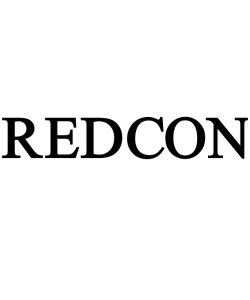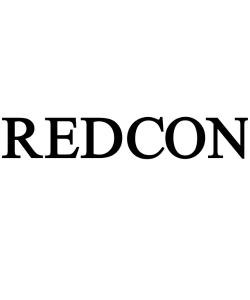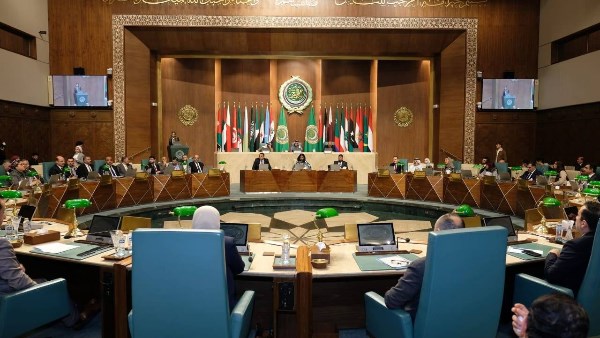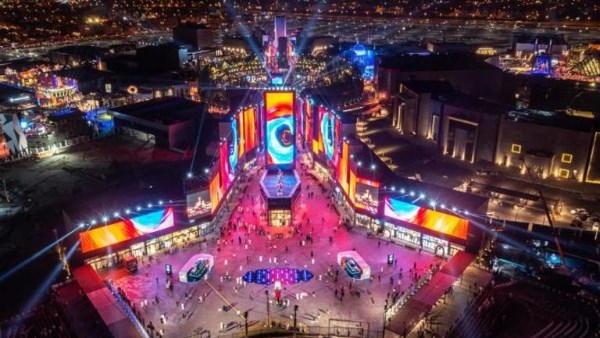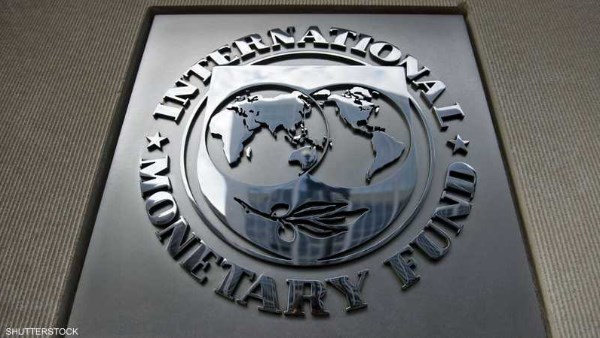
The data center industry is tasked with undergoing rapid growth
Schneider Electric Continues to Demonstrate Sustainable Leadership in the Data Center Industry with Updated Metrics Reporting Framework – Industry First-of-its-Kind
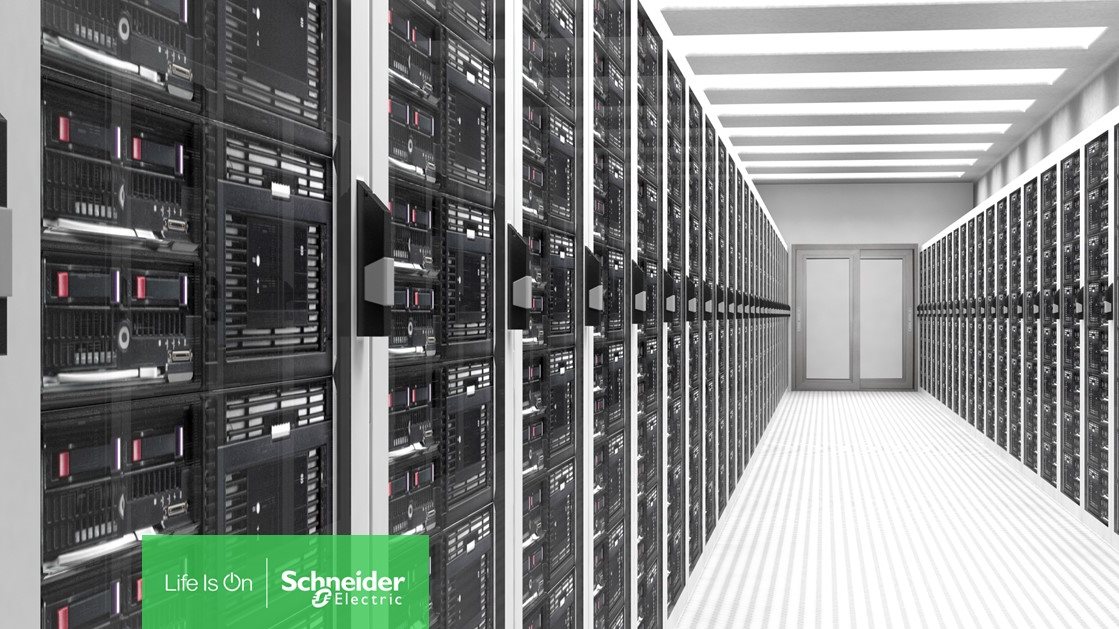
Proposed standardization to environmental reporting metrics will help data center businesses improve benchmarking and reach sustainability goals
Spurred by the rising information processing demands of AI and machine learning، the data center industry is tasked with undergoing rapid growth to support these new technology advancements، while reducing its environmental impact to net-zero to meet global climate pledges. In response،Schneider Electric™، the global leader in the digital transformation of energy management and automation، has revealed a revised a standardized environmental metrics-reporting framework with business-critical updates to help companies navigate this challenge.
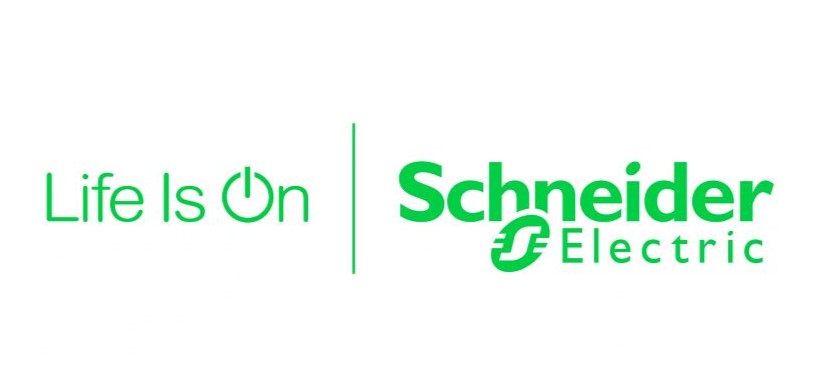
To support the data center industry
This is a revision of the original whitepaper published in November 2021، which was created to support and advance the data center industry by providing standardized metrics for reporting sustainability. It was the first-of-its-kind Data Center Environmental Sustainability Metric Framework. Schneider Electric takes sustainability seriously and requested customer and industry association feedback in 2023، which contributed to publishing this latest revision of the whitepaper.
Comprised of 28 key sustainability metrics in five categories: energy، greenhouse gas emissions، water، waste، and local ecosystem، the recommended standardized data-driven approach is outlined in a revised whitepaper.
Since data center companies are at different stages in their sustainability journey، the whitepaper outlines the metrics across three reporting stages: Beginning، Advanced، and Leading. The beginning stage has six metrics that represent basic reporting for energy، water use، and Greenhouse Gas (GHG) emission - the core metrics required for every data center. The Advanced stage includes more detailed metrics for energy، water، GHG emissions، and introduces two new categories including waste and local ecosystem. The Leading stage adds even more detailed metrics to the existing categories.
“Data Center operators are using a variety of different metrics making it harder to compare and benchmark sustainability progress and performance،” said Pankaj Sharma، Executive Vice President، Secure Power Division and Data Center Business at Schneider Electric. “We need a standardized data-driven approach to align on where to improve and what to prioritize، as well as ways to identify and root out organizational reporting discrepancies in order to meet the expectations of stakeholders and governmental pledges. Through more credible and comparable data، we will be able to establish industry benchmarks for others to make valuable environmental changes. Without a unilateral approach to reporting، data center organizations are at risk of losing vital time and efforts as regulatory requirements continue to grow in importance. As a sign of our commitment to leading the data center industry on sustainability initiatives، and in response to requests from our customers، we revised our original framework updating it with a newer set of metrics for organizations to progress their reporting.”
Adopting standardized metrics
Making progress on environmental sustainability goals as an industry means adopting standardized metrics for measurement، and making these metrics well understood throughout the market and the data center industry، as well as publicly reporting on them regularly.
Achieving sustainable data centers is an ongoing process that requires commitment، investment، and collaboration across the industry. By implementing these strategies and continuously seeking innovative solutions، data centers can minimize their environmental impact while still meeting the growing demand for digital services.
Commenting on the importance of establishing standard benchmarks، Vlad Galabov، Director at Omdia، Head of the Cloud and Data Research Practice said، "Measuring sustainability in datacenters is not just an option، it's a responsibility we owe to our planet and future generations. By quantifying our environmental impact، we empower ourselves to make informed decisions that lead to meaningful change. However، isolated efforts are not enough. To truly drive progress across the industry، we must unite under a standardized framework. This framework will not only guide our actions but also enable us to compare، learn، and innovate collectively. Through measurement and standardization، we can pave the way for a greener، more sustainable digital future."
This recently updated framework coincides with Schneider Electric’s recent launch of its EcoStruxure Resource Advisor Copilot، a conversational AI tool designed to help business leaders interact with their enterprise energy and sustainability data at even greater speed.
A convenient digital companion
Using Large Language Model technology، Schneider Electric has securely built Copilot as a convenient digital companion embedded inside Resource Advisor. Copilot will equip energy and sustainability teams with enhanced data analysis، visualization، decision support، and performance optimization، and the ability to seamlessly process intricate industry knowledge and Resource Advisor system information. A private beta is launching in September، and general availability of the solution will occur in late 2023 / early 2024.
The new tool is the latest AI-enabled enhancement that Schneider Electric’s Sustainability Business division has made in recent years. Others include AI-enabled risk optimization، invoice validation services، and peak alert notifications. Additionally، every software solution in the Sustainability Business portfolio – which includes Zeigo Network، Zeigo Activate and Zeigo Power – is supported by data science، machine learning، and AI automation.
Highlights of the updated whitepaper include:
A detailed outline of the specific 28 metrics within the five key areas of energy، GHG، water، waste and local ecosystem (i.e biodiversity) that data centers should review.
Addition of segmentation for GHG emissions metrics by scope 1، 2 and 3.
Addition of “Server utilization (ITEUsv)” in the energy category to guide efforts to reduce the number of servers to achieve the same level of information processing.
Addition of “Water replenishment” to the “Water” category for better water stewardship activities.
Addition of “E-waste” and “Battery” metrics to “Waste generated” and “Waste diversion rate” under the “Waste” category.
A greater focus on the “Local ecosystem” category to include “Total land use”، “Land-use intensity”، and “Outdoor noise” metrics measuring the direct and indirect impact on biodiversity.
A recommended holistic approach to maturity-level mapping of each metric، inspired by the World Business Council for Sustainable Development، for ongoing progress measurement.
The best-in-class values and industry target values for each key metric for data center organizations.





-1120252475029447.jpg)

